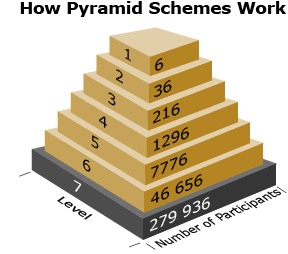Lesson 4
Completion requirements
Created by IMSreader
1. Lesson 4
1.7. Explore 3
Module 1: Sequences and Series
Try This 3

© Vasiliy Koval/259778/Fotolia
Retrieve your work from the Math Lab. You may have found that you can only fold a sheet of paper fewer than 10 times. Assume that you can fold a piece of paper indefinitely. You could then use the pattern to determine a formula for the general term of a geometric sequence.
- Copy the information from the “Layers” column of your table into the second column of the following table. The first three rows have been done as an example. Complete all rows in your table.
Term Position Term Value Expression t1 1 1 t2 2 1 × 2 t3 4 1 × 2 × 2
- Now you can repeat the same exercise in the general case. Create and complete a second table, such as the one shown here. Assume that the first term is a, and the common ratio is r. Rewrite the expressions from the table in question 1 using a and r. The first three rows have been completed for you.
Term Position Expression t1 a t2 a × r = ar t3 a × r × r = ar2
-
Compare the term position in the sequence and the expression. What pattern do you see?

-
Use the pattern you identified to determine an expression for the general term tn.
Share 1
Work with a classmate or in a group.
- Compare your expression for the general term tn from Try This 3. If the expressions vary, discuss reasons for the differences and try to agree on the correct expression. You may want to search the textbook or the Internet for a formula for the general term of a geometric sequence.
- Use your expression to build the general term that could be used to describe the geometric sequence representing the number of people in each level of the pyramid scheme introduced at the beginning of Explore.

- Consider the sequence 24, 36, 54, 81, ….
- How do you know this is a geometric sequence? What assumption are you making?
- What is the common ratio?
- What is the general term that describes the sequence?
- How do you know this is a geometric sequence? What assumption are you making?
![]() Save your work in your course folder. Ask your teacher if you should submit your work for feedback.
Save your work in your course folder. Ask your teacher if you should submit your work for feedback.
Look at the subscript of the term position and the superscript of the variable r in the expression.